|
After a few weeks in Southeast Asia, your body somehow settles in to the 90+ degree temps and humidity. You down cold water like a camel and seek out anything frozen just to survive the day-to-day. Ice cream, or in this case gelato, is 100% permissible morning, noon or night. Half a block from Pub Street in “Old Town” Siem Reap, is Gelato Lab. A little slice of home, decorated in a minimalist and modern design that could be straight out of SoCal, the small shop serves up homemade gelato and sorbet, as well as Italian coffee (cappuccinos, lattes, etc). The gelato is fantastic, albeit pricy for Cambodia, with flavors like tiramisu, banana, crema, dragonfruit and Kahlua. Each is made with natural cane sugar, cacao and local fruits. Just the kind of artisanal, natural frozen treat that packs the place each night with western tourists. Sit outside and enjoy the people watching of Pub Street (entertainment in itself) and the Haagan Daz-esque prices feel a bit more worthwhile. the details:
best & badass:
0 Comments
With large posters of smiling Khmer children and signs stating, “We’re not about profit, but about people,” Common Grounds Coffee and Cyber Cafe has a bigger mission than (strong/tasty) coffee. 100% of the profits support its parent organization, People for Care and Learning (PCL), to fund empowerment programs geared toward underprivileged people in Siem Reap and throughout Cambodia. On the back of each menu, next to the Wifi password and below a list of coffee and Khmer/Western eats, are the organization’s beliefs:
In Siem Reap, a westernized tourist hotspot, it’s easy to miss the real story. But beyond Pub Street and a long list of seriously swanky hotels, the people of this beautiful riverfront town seem to be struggling. We’re pleased to visit Common Grounds multiple times during our week here and support its fantastic mission. The strong coffee at $1.25/cup with a very decent Wifi connection doesn’t hurt either. the details:
Six hours northwest of Phnom Penh and 30 minutes from Tonle Sap Lake, lies Siem Reap. A tourist mecca where 2 million visitors from all over the world flock each year to comb through the ancient Angkor temples during the day and take shots on the famous Pub Street at night. There are just over 900,000 people in Siem Province, of which 45% live in poverty, placing it among the three poorest provinces in Cambodia. But things are slowly changing here. Access to education combined with a surge in tourism over the last 20 years has provided new opportunities within Siem Reap's city limits. Tour operators, hotel managers and service jobs are available for the young, educated population (the average age is 21 - a staggering consequence of the genocide committed by the Khmer Rouge), yet salaries still waver around $70 per month, making it difficult for anyone to build a sustainable future. Visitors enjoy the 'benefit' of a struggling city with a dependence on tourism to fuel its economy. The Old Market/Pub Street area consists of a few square blocks packed with restaurants, bars and hundreds of stands selling everything from crepes to smoothies to elephant pants and “I heart Cambodia” tanks. 20-somethings and mature western travelers stroll through the bustling streets at night, ducking in and out of pubs and noshing on hamburgers, pizza, and burritos. If it doesn't feel like the rest of Cambodia, it's because it isn't. Much of this area was developed for westerners, by westerners. What's driving those 2 million visitors each year? About five miles outside of Old Town is arguably the most impressive ancient temple complex in the world. Siem Reap’s main attraction, the Angkor temples, draw millions each year, sustaining the hundreds of hotels, restaurants and bars that have popped up everywhere in this town. Regardless of the long or short term effect of tourism on this beautiful city, the temples are simply magnificent. The true benefit of tourism in Siem Reap though, is the influx of support from global NGO's. Still rebuilding from its tumultuous past, Siem Reap, much like Phnom Penh, offers a number of restaurants and coffee shop NGOs, each with a percentage of proceeds that support a different local cause. If you’re visiting and want to help, support one of the many existing organizations that are seeking long term solutions rather than giving money (or milk, see below) to people on the streets. A few of our favorites are Common Grounds Coffee, Marum Restaurant, and Sisters Srey. The incredible effect of travel and tourism here is good and bad. The opportunities created by jobs in the hospitality and service industry are at odds with the cultural erosion caused by westernization, as noodle carts are replaced by burger joints. It's in places like Siem Reap where sustainable, responsible travel is most important. Stay, shop, and eat local, support the NGO's, learn about and respect the local culture, and we'll all be better off. the details:
Shortly after America left Vietnam, when our parents were just younger than we are now, the Khmer Rouge took hold of Cambodia. Pol Pot and his regime sought an agrarian communist utopia, an ideal that quickly vanished beneath the graves of nearly 2 million Cambodian men, women, and children. Adding to the horror of the killing of so many innocent people, is how little most people know about what happened here. Atrocities on par with the Holocaust went on for years, yet until the Vietnamese took over in 1978, nothing was done to stop it. Less than a decade earlier, the United States had dropped millions of tons of bombs over Vietnam, Cambodia, and Laos, but when infants were being beaten into a tree until they were dead, the world was silent. There's a lesson in all of this somewhere, something the people who endured this horrific period hope the world can learn. A lesson in the necessity of kindness, love, and respect for fellow human beings. Ensuring that both individuals and the "powers that be" protect one another from such inhumanity is paramount. Prepared for almost every level of sadness, we planned to visit the Tuol Sleng Genocide Museum and Choeung Ek killing fields in the same day. Yet after only a few minutes at Tuol Sleng, a former high school turned prison in the heart of Phnom Penh, we find there is no way to prepare for something like this. What adds to the pain of a visit to this small complex of buildings where inexplicable horrors took place, is the fact that it was previously a school. A place of learning, growth, and nurture transformed into that of confinement, torture, and death. Most of our time at Tuol Sleng is spent holding back the overwhelming emotion that comes with seeing the thousands of photos of innocent inmates, meticulously documented by the Khmer Rouge in their time of power. Freestanding boards, front and back, fill many of the former torture rooms with images of men women, young children, and even babies. In another building photographs of those who were tortured to death, as the Vietnamese found them in 1978. Finally, in a small room within the building furthest across the two large courtyards from Tuol Sleng’s entrance, incense burns in front of a gold stupa; a memorial to the nearly 20,000 people who passed through this prison, nearly all of whom eventually perished. The images of Tuol Sleng stay with you; impossible to forget. Before heading to Choeung Ek later in the afternoon, we take some time. Time to prepare for even more of Cambodia’s recent brutal history at the killing fields. Only 15 kilometers from Tuol Sleng and the heart of Phnom Penh, down a country road, is a former fruit orchard backed by a small lake. The Khmer Rouge chose this place for its remoteness. An ideal spot to murder any and all who they suspected might threaten or oppose the regime. Unlike Tuol Sleng which sits awkwardly in the middle of the urban and bustling Phnom Penh, Choeung Ek is quiet. A visit here includes an incredible audio guide that respectfully and thoroughly leads us through Choeung Ek and its history. The first thing we notice, an enormous stupa standing in the middle of the fields. A tribute to those who died here, it holds the skulls of nearly nine thousand people tagged with colored stickers to identify the way in which they were killed. Most were brutally beaten with tools such as axes and hoes, some poisoned with chemicals left from the war, others buried alive. Barbaric acts of torture combined with the practicality of saving money on bullets. Further into Choeung Ek, as the audio guide shares more history and stories from those that survived this terrible chapter, pieces of bone and scraps of cloth protrude from the mass graves below. The tragic reality from nearly 40 years ago surfacing again. Both Tuol Sleng and Choeung Ek are brutal, but necessary, places to visit. Once again a lesson in perspective. We haven’t included any photographs of the graves, places of torture, or human remains out of respect for everyone affected. Rather, we’d hope that people will take the time to learn more about what happened here, so we can collectively do everything possible to prevent humanity from similar atrocities in the future. the details:
Just steps from the Independence Monument, off the embassy-lined Preah Suramarit Blvd in central Phnom Penh, is The Corn Restaurant. Walk down a long driveway and you’ll find the this small and simple eatery, with a menu compiled of modern Khmer plates, most of which are vegetarian. From one of the two tables on the small outdoor patio, we order the corn fritters and the “Cambodian Beer Sampler” to start. The fritters are lightly fried and delicious. The beers are more a slightly varied assortment of 4 cans of beer (2 Cambodia Lagers, 1 Ganzberg, 1 Angkor) than a legit sampler. The mains, a pumpkin and sweet potato curry and vegetables sauteed with a coconut curry, are both mild in spice but full of fresh flavors. The staff is gracious and welcoming, the setting is stark, but calm and comfortable. The entire meal (beer sampler included) comes to about $17 USD. A solid option for modern Khmer cuisine with vegetarian options in Phnom Penh. the details:
With the exception of a brief absence during the dark days of the Khmer Rouge, Phnom Penh’s Royal Palace has been home to Cambodia's kings since its construction in 1866. A sprawling complex of gardens, pagodas, stupas, spires, pavilions and ornate halls for every royal occasion, it's reminiscent of Versaille or Buckingham, but with traditional Buddhist architecture and without the hordes of tourists. Its impressive grounds allow space to wander, so much so that it’s easy to feel like you’re paying a Saturday afternoon visit to King Sihamoni himself. The Kingdom, and its royal family, is taken very seriously in Cambodia. It’s difficult to miss the large, framed photos of King Sihamoni, as well as his father Norodom Sihanouk and wife Norodom Monineath Sihanouk, which are proudly displayed in nearly every restaurant or hotel in Phnom Penh. At the Palace, spires reach high into the clouds and gold tiles shine in the sun. In true royal fashion, the beauty is found in the details, with intricate ceiling frescos, gold-plated busts, and Buddha statues encrusted with diamonds found throughout. The Silver Pagoda in particular is breathtaking, with over 5,000 floor tiles made of silver and housing some of the kingdom’s most prized artifacts and treasures. The palace is beautiful; a symbol of royalty, wealth, and opulence. However, it’s difficult not to think of the outer city limits, the dirt roads, the barefooted children and the people collecting plastic bottles for recycling. Another example of hierarchical tradition in a modern, and in this case, struggling world. the details:
best & badass:
After exchanging several comments about Domrei Restaurant's mellow and quaint vibe from multiple walks down street 188 in Phnom Penh, we decide to give it a shot. Fronted by a large courtyard with tables that stretch to the back bar and a small open-air interior section, eating at Domrei feels like having a meal at a French Diplomat’s home. When we arrive, the restaurant is completely empty, but after an hour the courtyard is full of couples like us, sharing a quiet dinner in the beautiful garden. Following a popular trend in Phnom Penh, Domrei offers a modern take on traditional Khmer cuisine. The menu includes many Khmer favorites including Cambodia’s "national dish", fish amok, as well as various curries, spring rolls, chive/coconut cakes, lort cha, and banh xeo, all delicately cooked and served beautifully. We start with (our daily fix of) fresh vegetable spring rolls that include a generous addition of fresh mint and a light, spicy, chili sauce, as well as Cambodian chive cakes that are crispy on the outside and chewy on the inside. We then opt for Domrei’s lort cha, with fresh vegetables and a fried egg on top, as well as the banh xeo, a perfectly prepared crispy crepe filled with coconut meat and served with greens and fresh herbs to wrap it all together. Draft beers and ice coffees at $1.00 are the perfect accompaniments to our favorite meal in Phnom Penh. the details:
|
Cohica TravelA travel design agency. Categories
All
Archives
October 2023
Follow us on Instagram @CohicaTravel
|

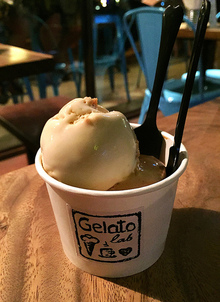
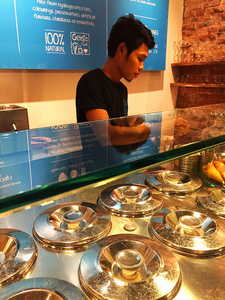
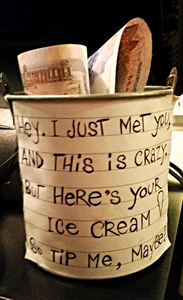
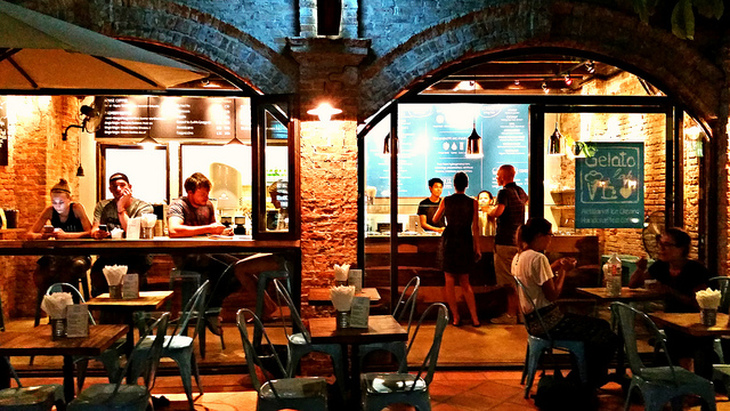
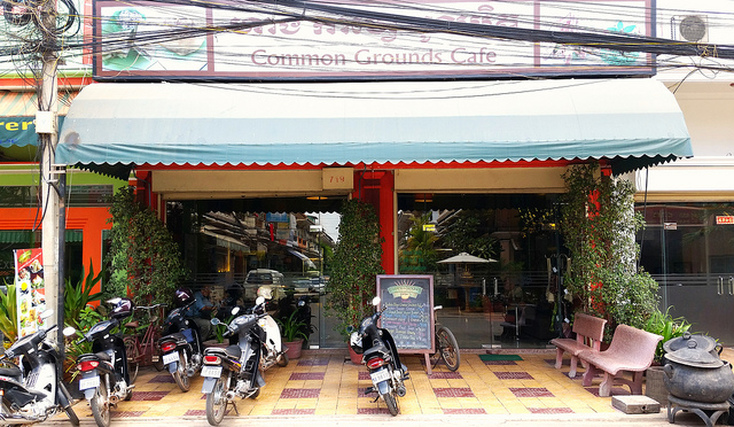
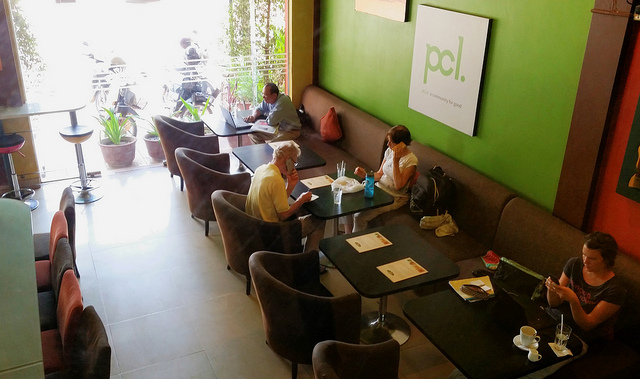
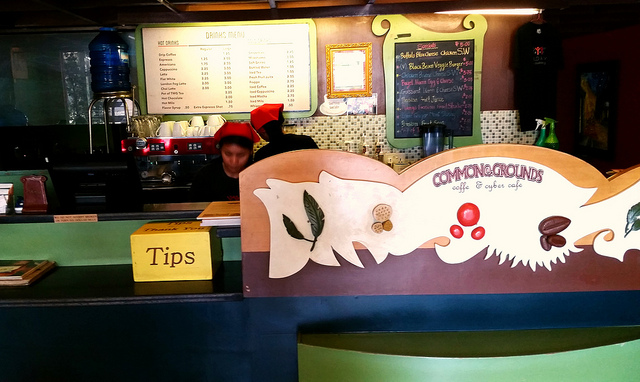
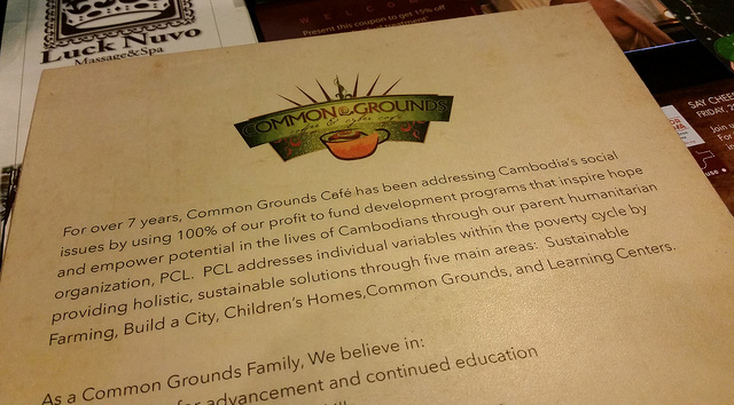
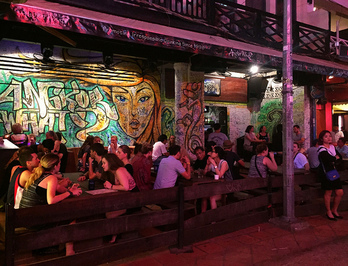
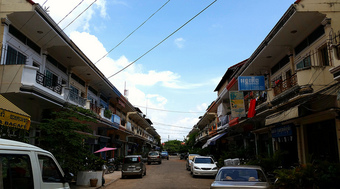
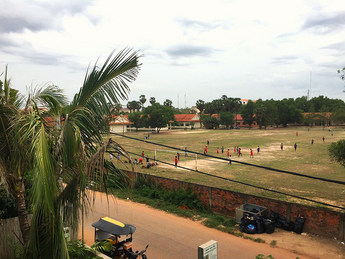
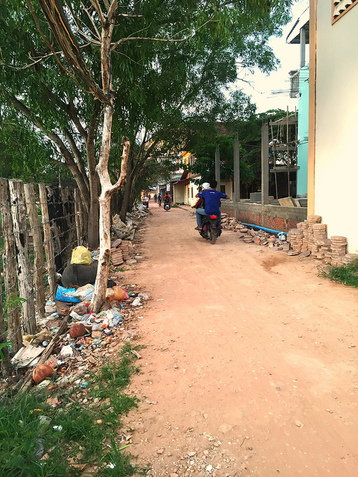
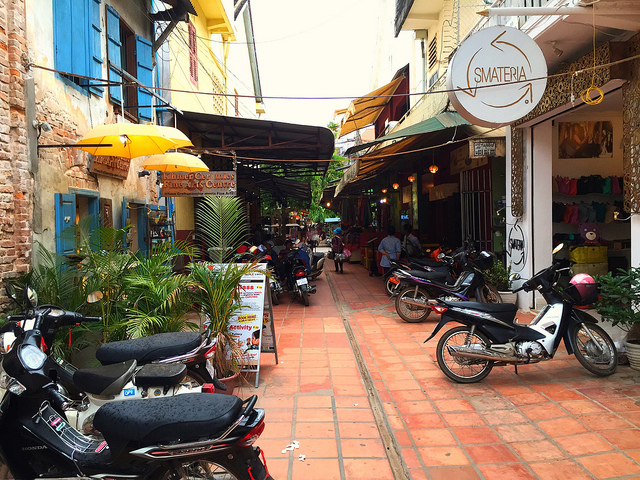
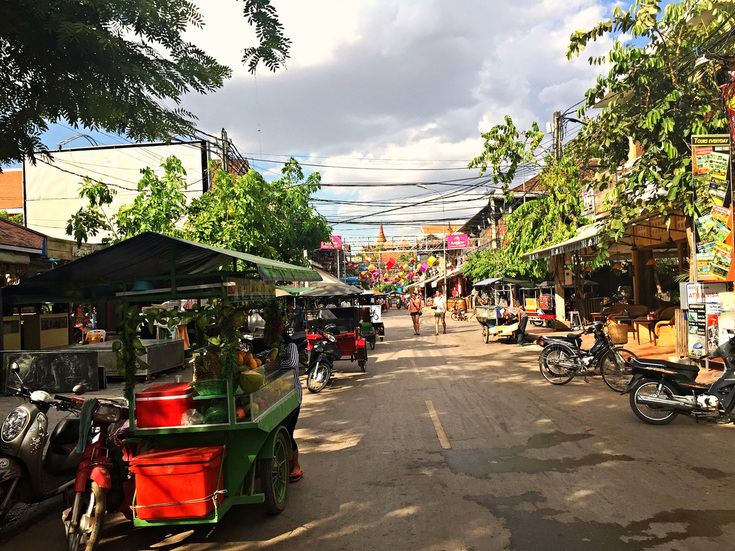
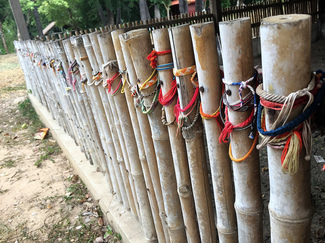
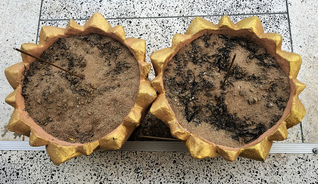
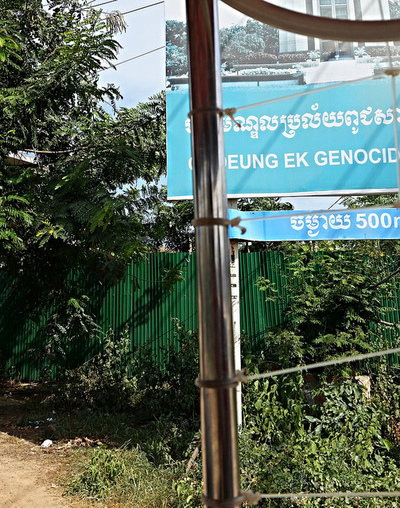
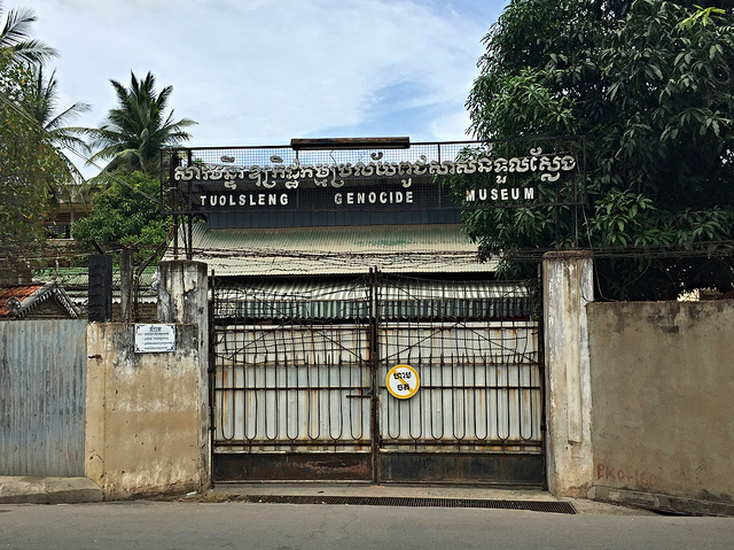
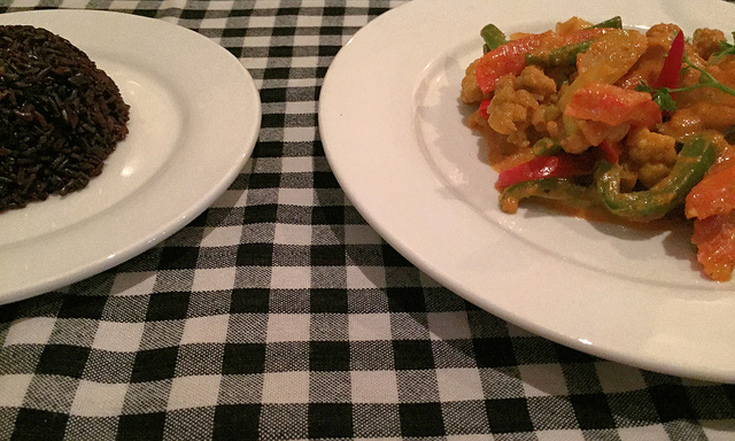
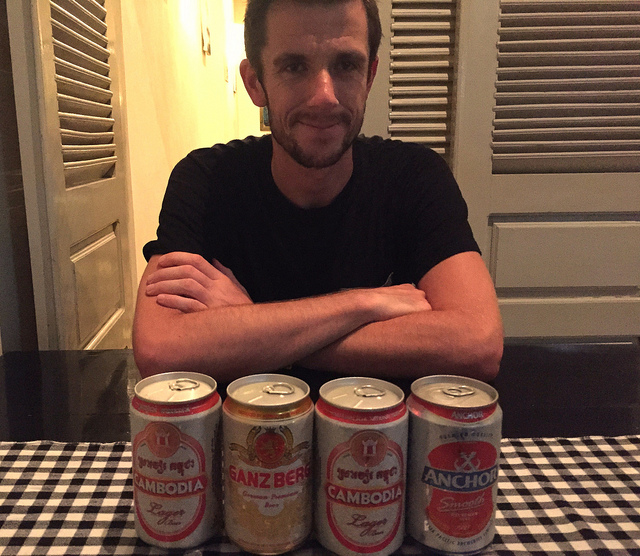
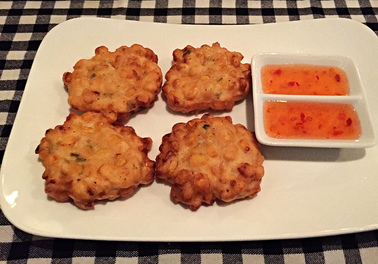
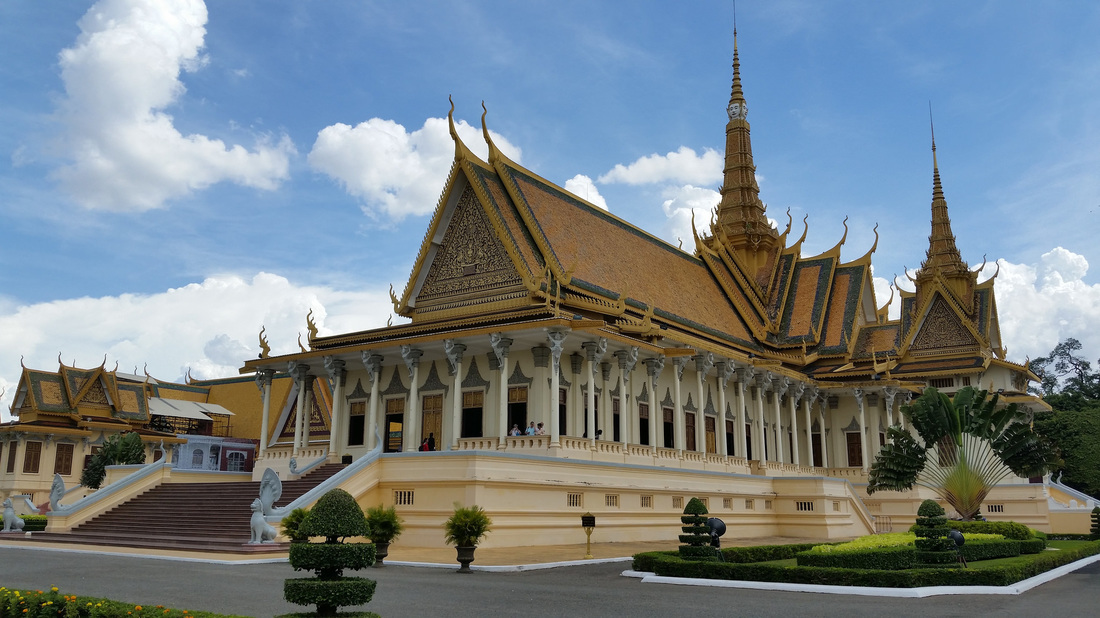
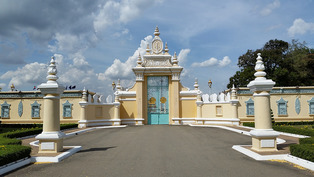
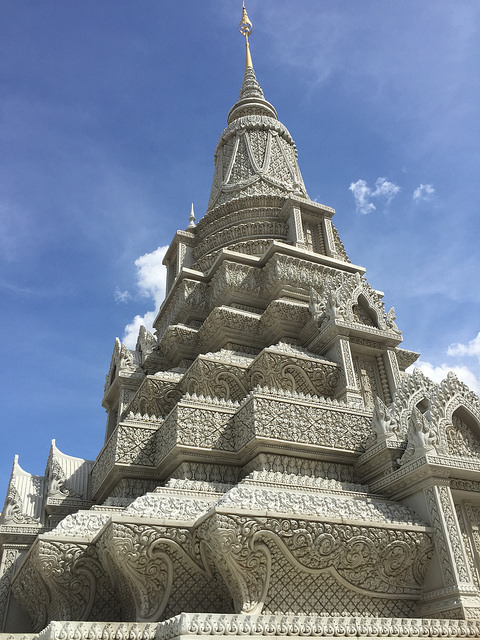
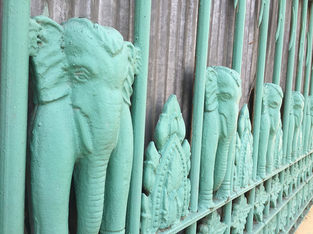
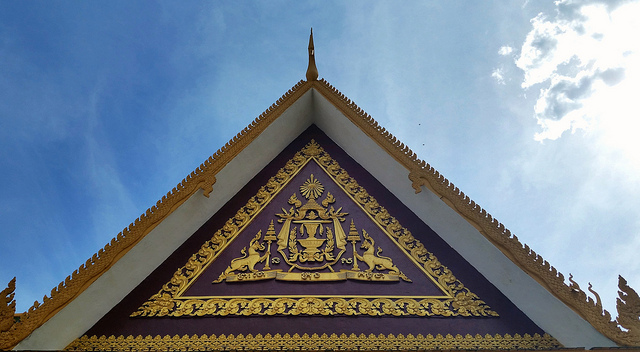
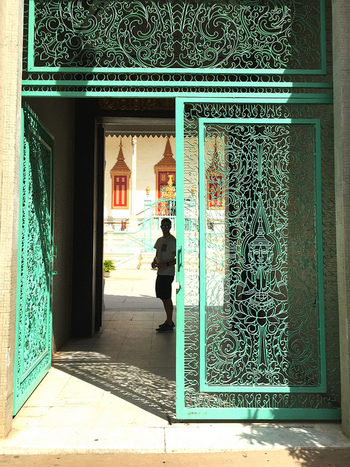
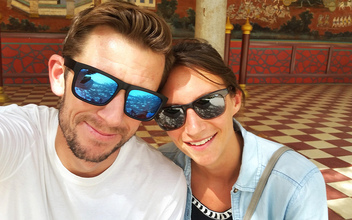
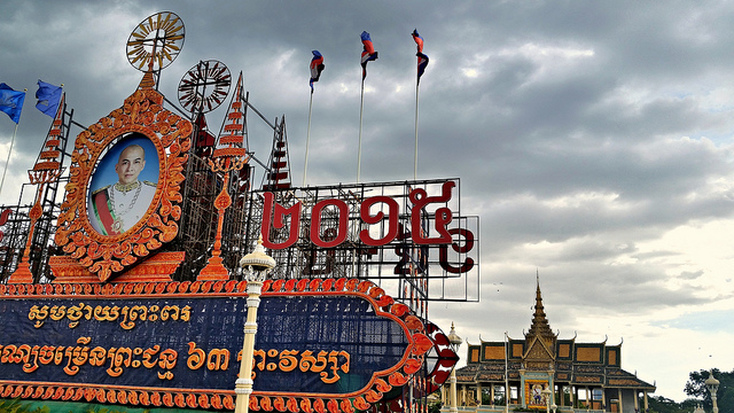
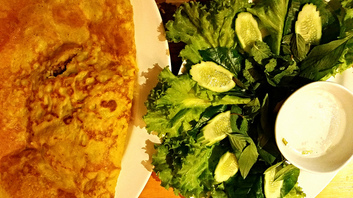
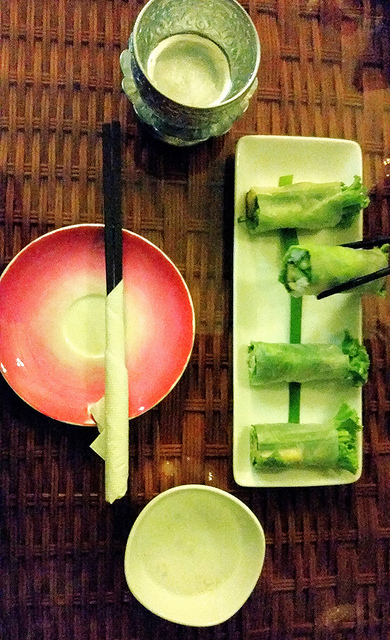
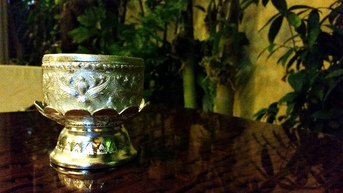
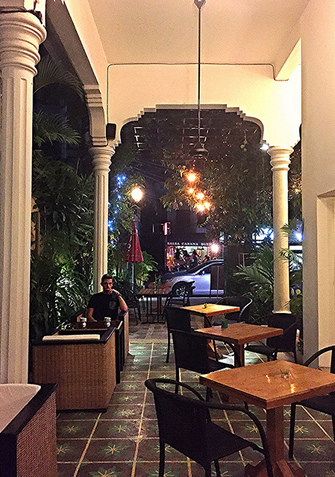
 RSS Feed
RSS Feed
